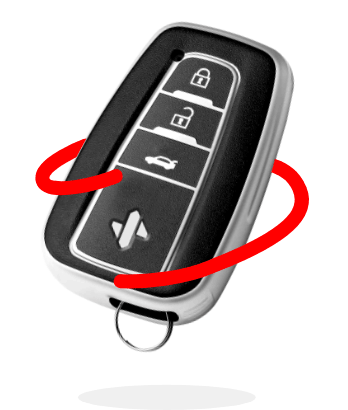If you own and rent out property as a landlord, you know you need insurance. But what kind? Landlord insurance and homeowners insurance often get lumped together, but there are some essential distinctions between the two types of coverage. Here’s an overview of the key differences between landlord insurance and homeowners insurance.
LANDLORD INSURANCE VS. HOMEOWNERS INSURANCE
Homeowners insurance and landlord insurance are both types of property insurance, but they serve different purposes.
Homeowners insurance covers the dwelling and contents in the event of a covered loss, such as fire, wind damage, or theft. In addition, homeowner policies may extend coverage for things like personal injury, worldwide liability, property damage to others and a whole host of additional coverages like animal liability, jewelry, fine arts, silverware and guns. In insurance lingo, there are coverage differences between a “HO” or homeowner policy and a “DP” or dwelling fire policy that is usually associated with landlord coverage. Typically, landlord insurance covers the building itself and protects the landlord from liability if someone is injured on the property. Though some landlord contents and theft coverage may be selected in the Dwelling Fire policy, the coverage is not as broad as a homeowner policy.
Is Landlord Insurance Cheaper Than Homeowner Insurance?
The cost of landlord insurance is often lower than homeowners insurance because the coverage is not as comprehensive.
However, similar to homeowner coverage, a landlord policy typically covers the loss of rent if your tenant cannot occupy the rental unit because of a covered event, such as a fire.
DWELLING & LIABILITY COVERAGE FOR LANDLORDS
What Is Dwelling Coverage? Dwelling coverage is one of the most important components of both landlord insurance and homeowners insurance policies.
This type of coverage protects your home if it’s damaged or destroyed by a covered event, such as a fire or severe weather. With both types of policies, dwelling coverage applies to the property's physical structure. This includes things like the walls, floors, ceilings, and roof.
What Is Liability Coverage?
Liability coverage is another important part of landlord and homeowners insurance policies. This coverage protects you if you’re sued for damages after someone is injured on your property.
Under a homeowner policy, liability coverage is often extended off-premise as well. This means that you may still be covered under your policy even if someone is injured off your property— at your child’s soccer game due to your negligence.
HOW MUCH RENTERS INSURANCE SHOULD A LANDLORD REQUIRE?
As a landlord, you should understand one more critical form of insurance: renters insurance.
It’s essential to protect your investment by requiring your tenants to carry renters insurance. But how much coverage should you require?
A good rule of thumb is to require tenants to carry a policy with at least $100,000 in personal liability coverage. This will provide protection if a tenant is sued for damages arising from an accident on the property due to their negligence.
In addition, you should require tenants to carry enough coverage to replace their belongings in a fire or other disaster. Most policies have a standard limit of $20,000 for personal property coverage, but you might require a higher amount if your tenants have valuable items.
By requiring your tenants to carry adequate renters insurance, you can help to protect yourself from potential financial liabilities.
As you can see, there are some key differences between landlord and homeowners insurance policies.
If you have questions about which type of policy is right for you, speak with an experienced agent who can help you find the best coverage for your needs.
And if you need help finding the best homeowners insurance coverage for the best price, start by speaking to a SimplyIOA agent at 833.872.4467 or get a homeowners insurance quote online now.










